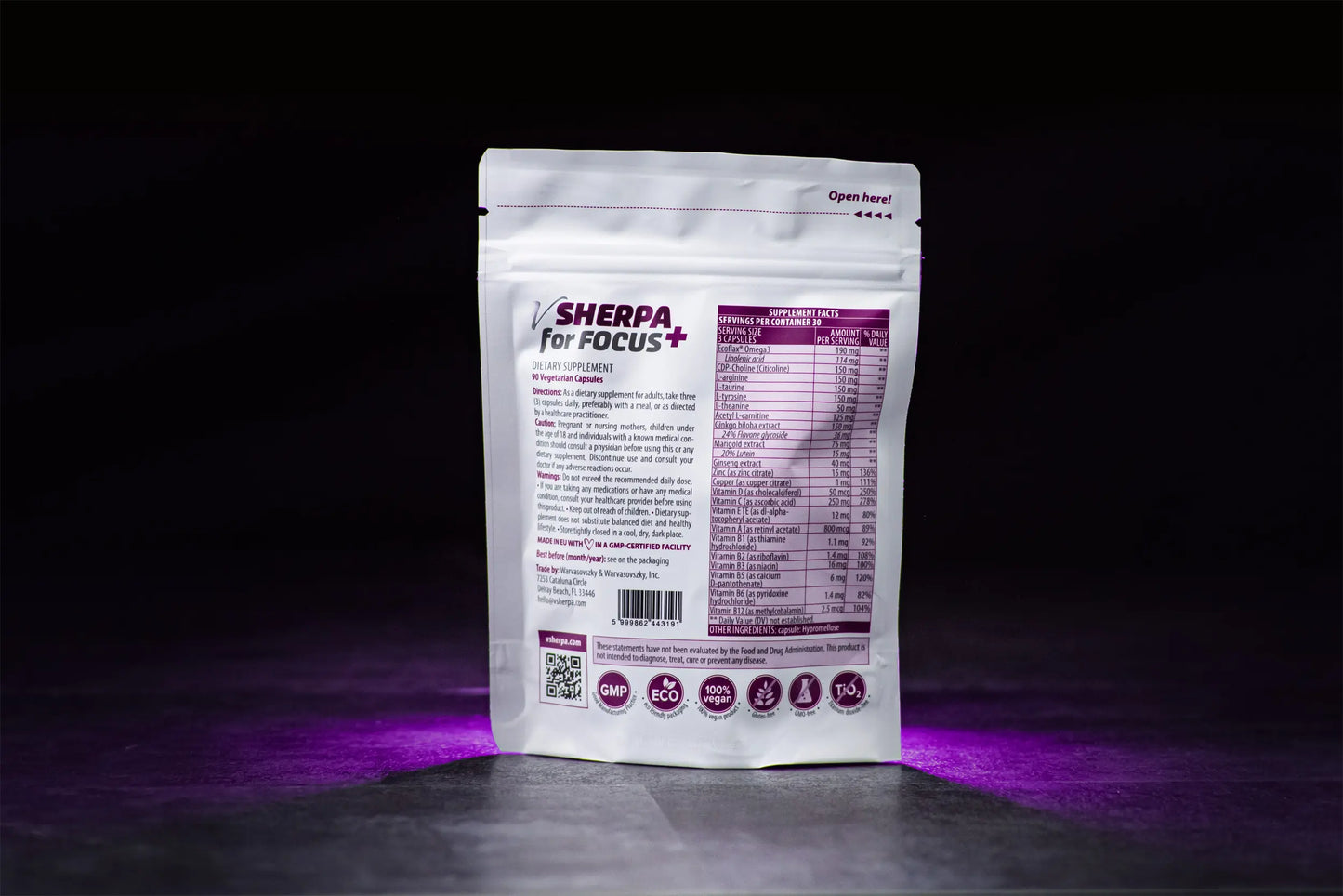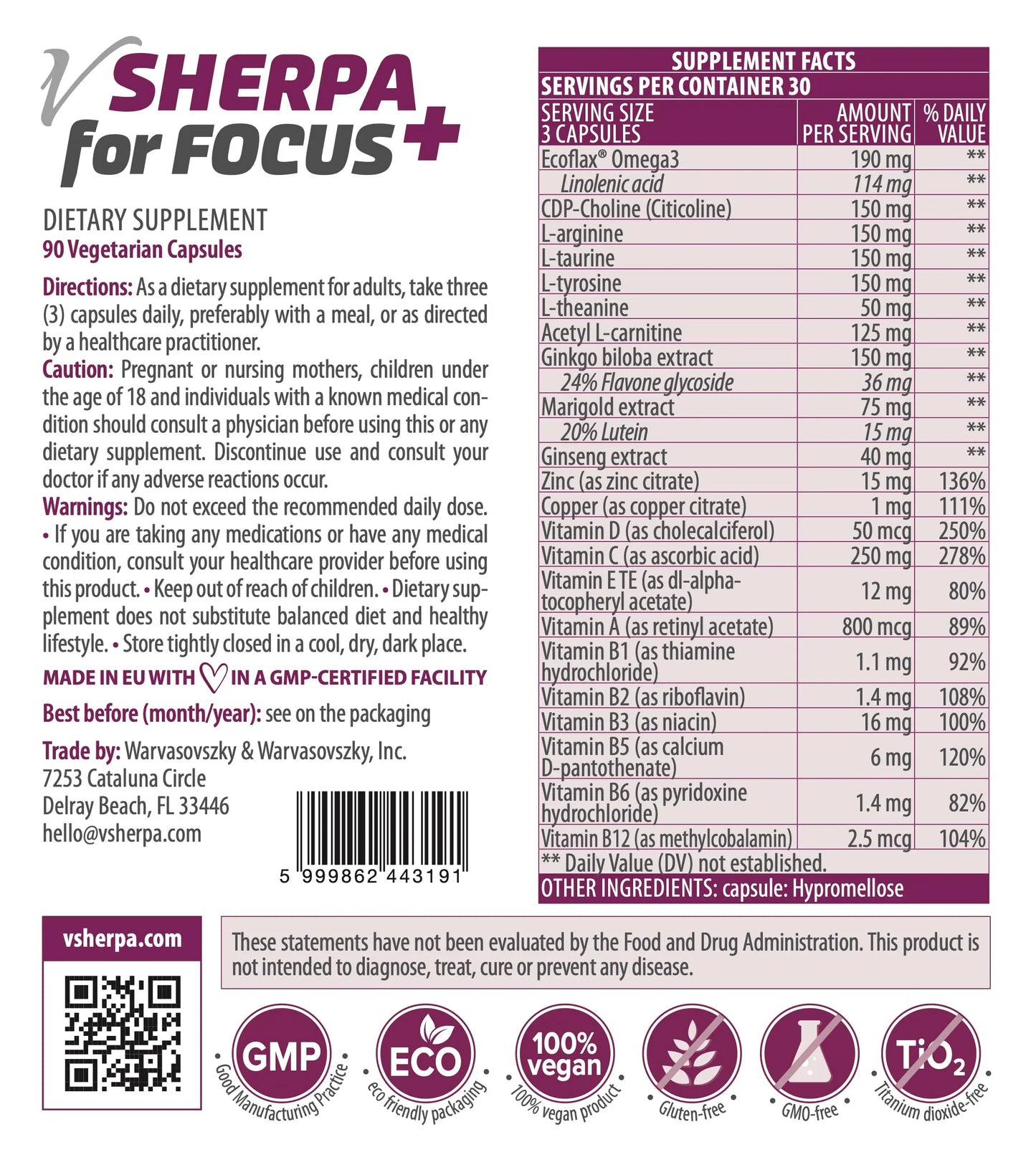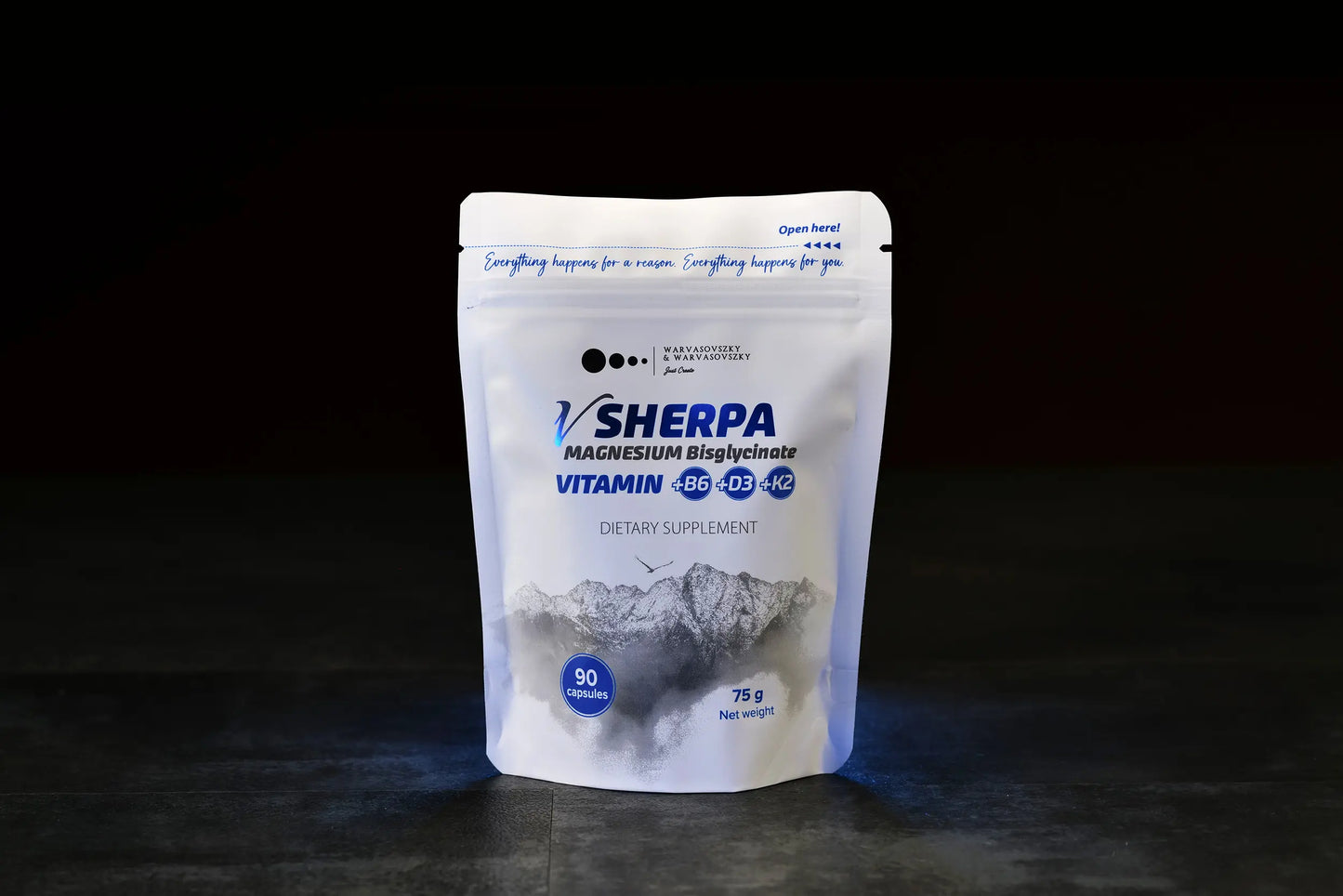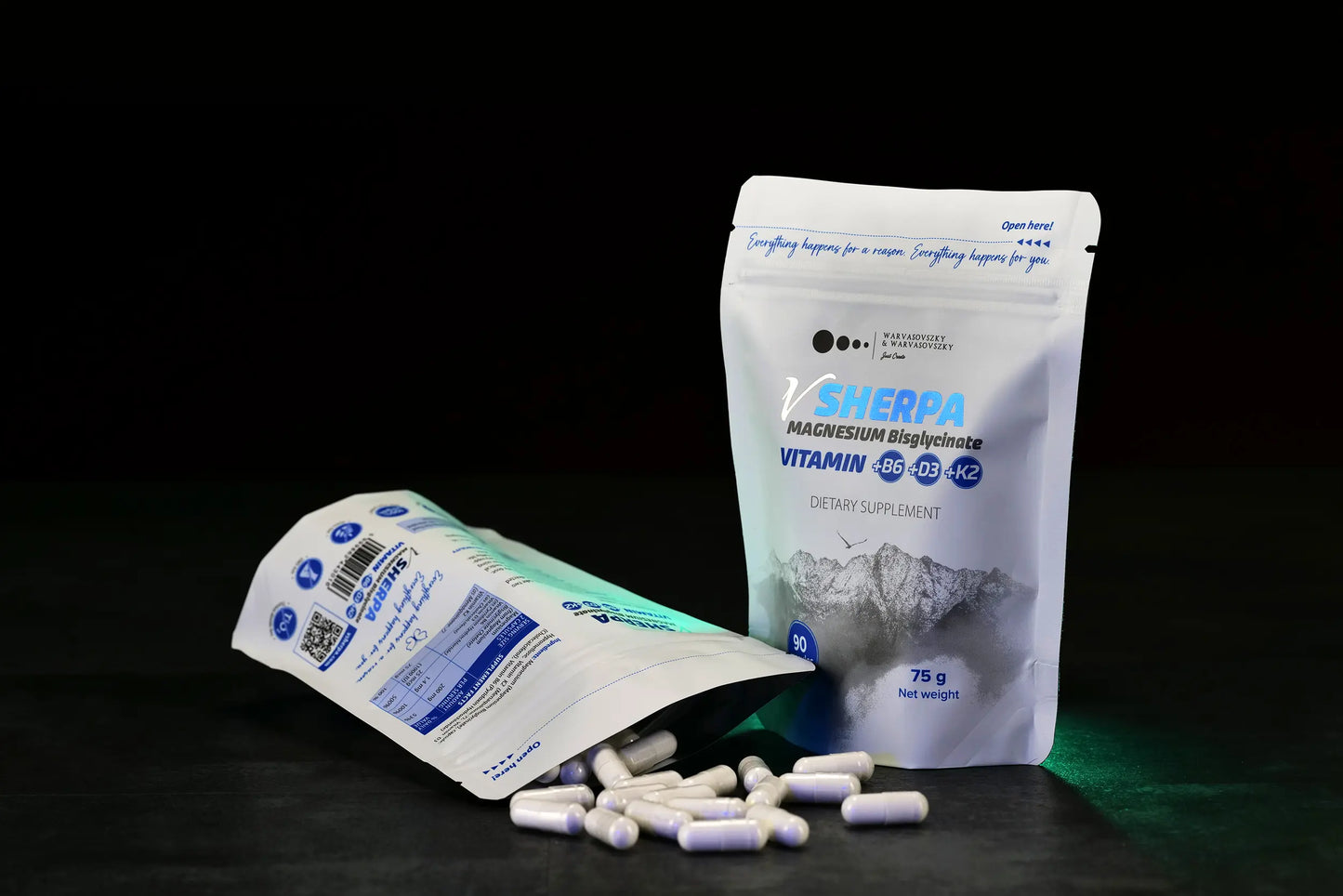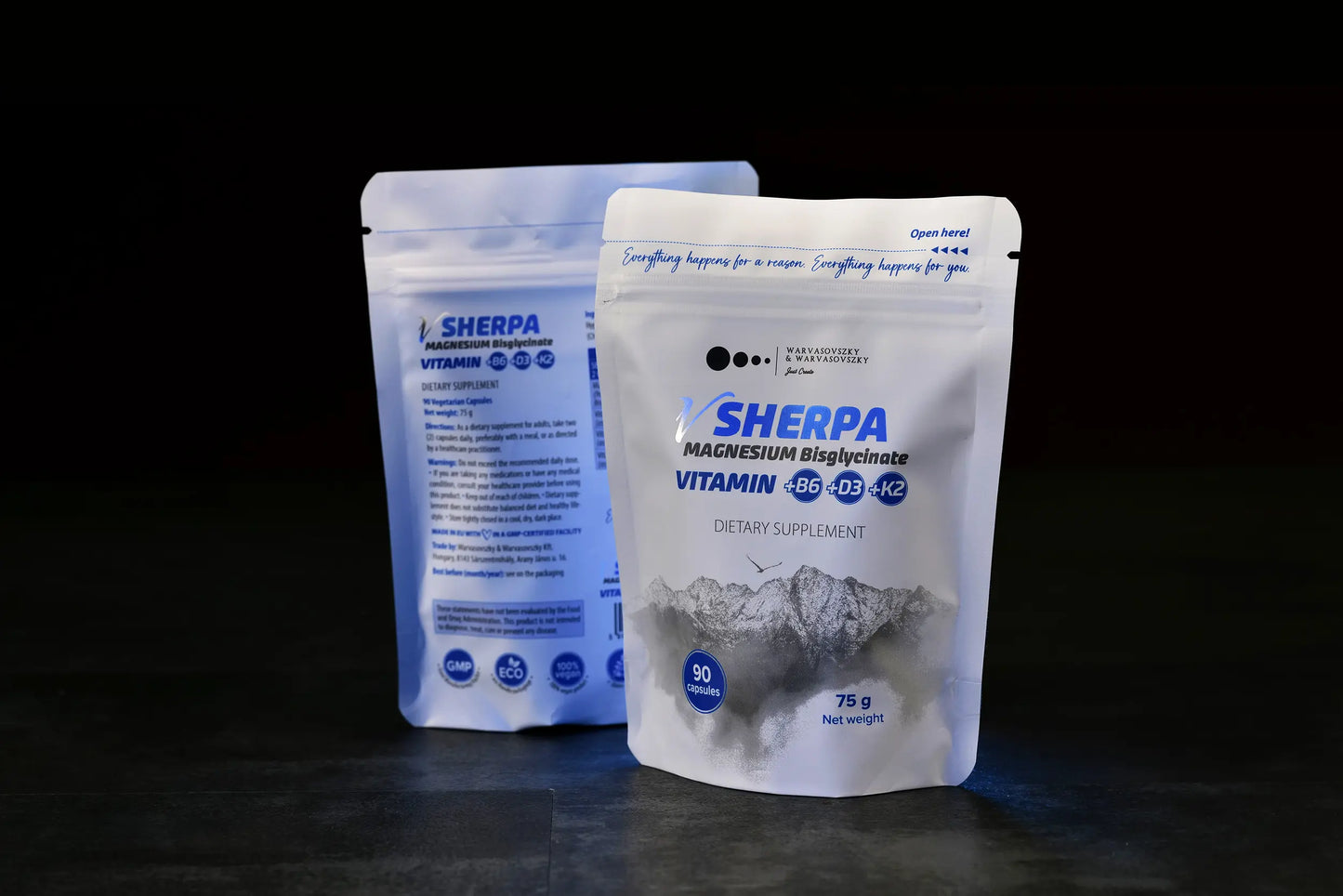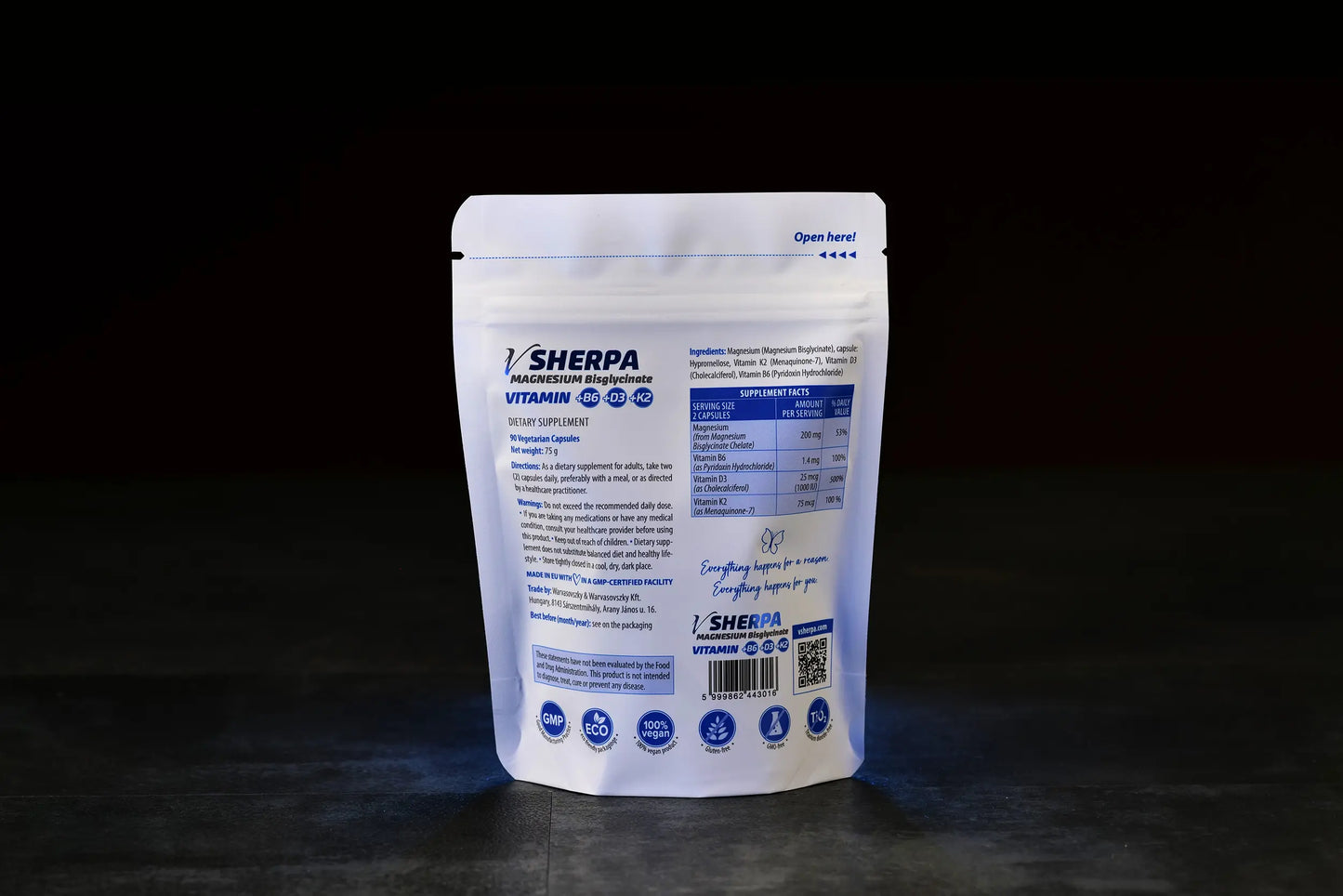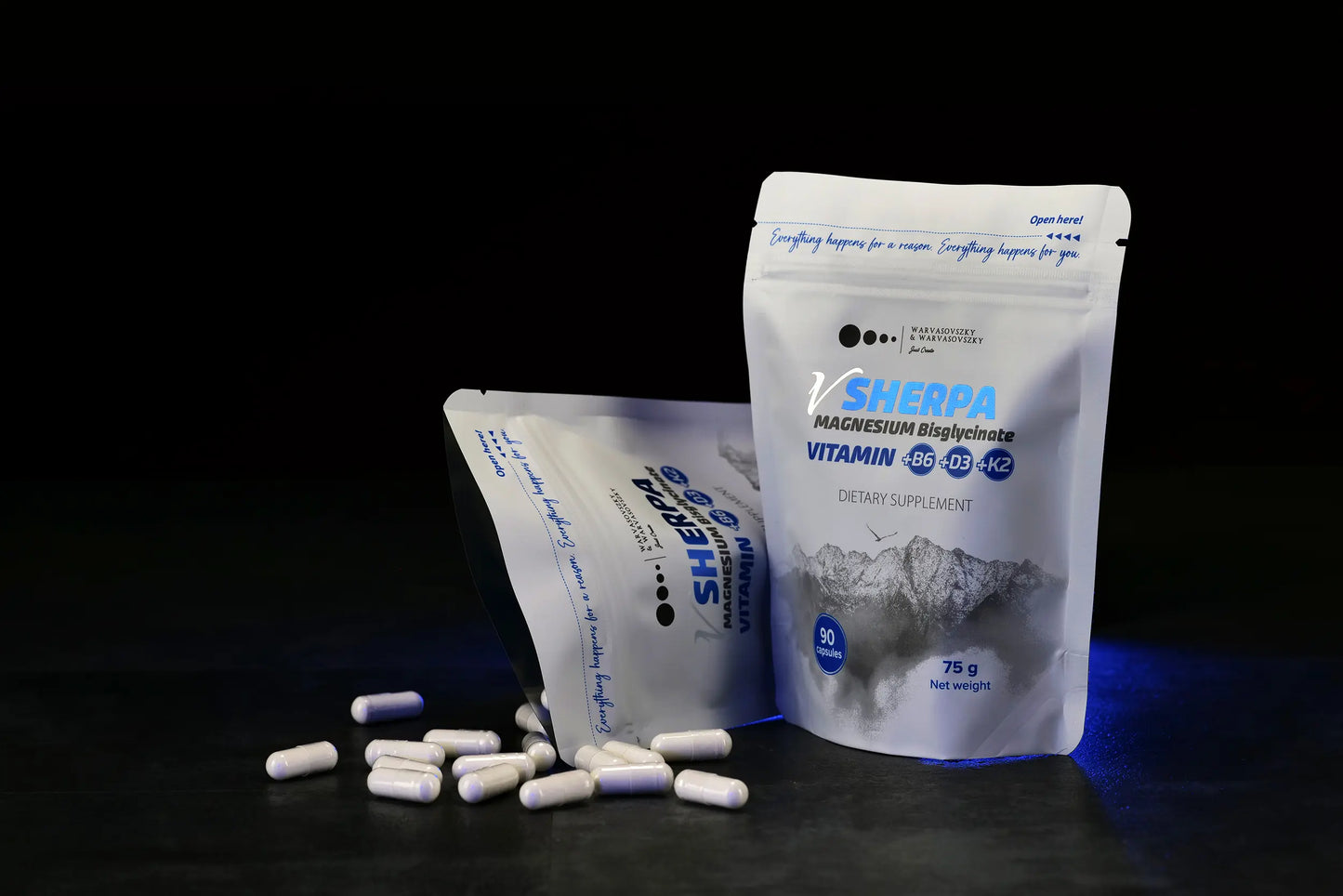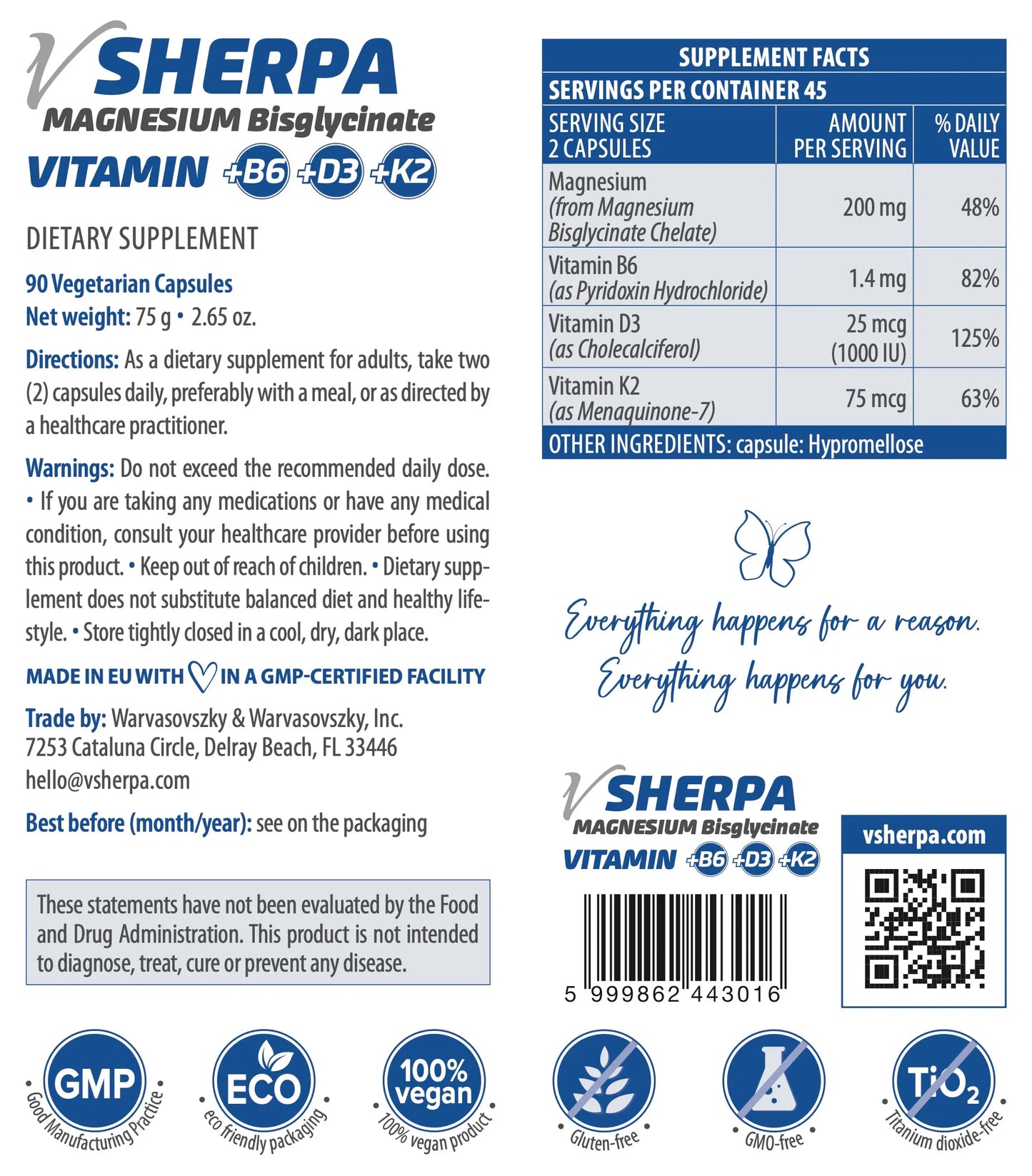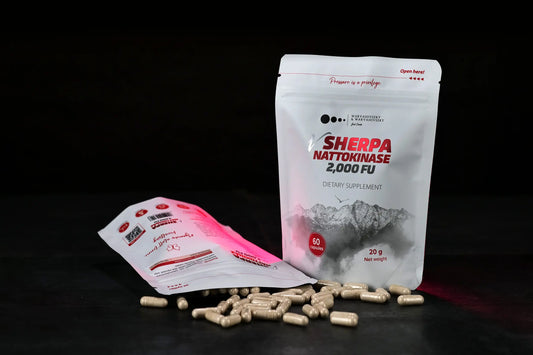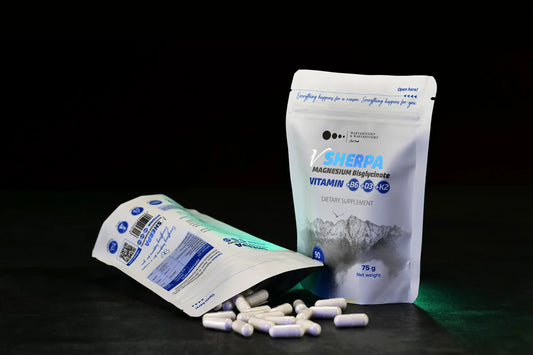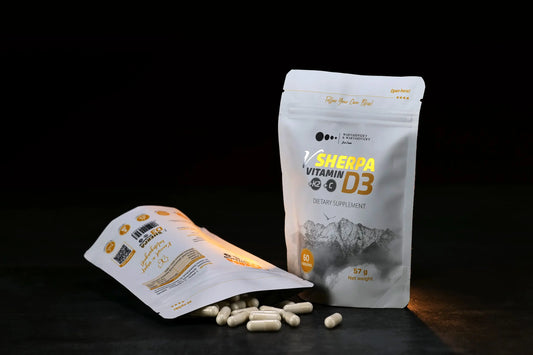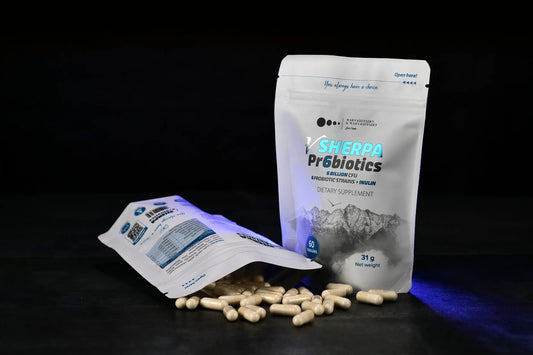
Nattokinase: A Natural Solution for Cardiovascular Health
Share
Nattokinase: Harnessing Nature's Power for a Healthy Heart and Vessels
Nattokinase is a natural enzyme derived from natto, a traditional Japanese food made by fermenting soybeans with the bacterium Bacillus subtilis. This enzyme has emerged as one of the most intriguing discoveries in modern nutritional science for supporting cardiovascular health. In this article, we’ll delve into the benefits, history, and commonly asked questions about nattokinase.
The Discovery and Historical Background of Nattokinase
Nattokinase was first isolated in 1980 by Dr. Hiroyuki Sumi, a Japanese researcher. During an experiment to dissolve blood clots, he discovered that natto could efficiently and effectively break down fibrin, the key component of blood clots. This groundbreaking discovery paved the way for nattokinase-based dietary supplements, now widely available worldwide.
How Does Nattokinase Work?
Nattokinase is a fibrinolytic enzyme that breaks down fibrin, improving blood flow and reducing the risk of clot formation. This mechanism is particularly beneficial for individuals with sedentary lifestyles or a genetic predisposition to thrombosis. Additionally, nattokinase promotes the conversion of plasminogen into plasmin, a natural enzyme in the body responsible for dissolving blood clots.
Positive Health Effects
- Prevention of Thrombosis Nattokinase acts as a natural anticoagulant, reducing the blood’s tendency to clot. This is especially important during long flights, after surgeries, or during prolonged periods of immobility when the risk of clot formation increases.
- Cardiovascular Health Regular consumption of nattokinase may help maintain arterial flexibility, lower blood pressure, and enhance overall circulatory health. Research also suggests that nattokinase can reduce LDL cholesterol levels, a key factor in the development of atherosclerosis.
- Anti-Inflammatory Properties Inflammation is a major contributor to atherosclerosis and other chronic diseases. Nattokinase’s antioxidant and anti-inflammatory effects support vascular health by mitigating inflammation.
- Reduced Risk of Stroke and Heart Attack Blood clots are a leading cause of these severe conditions. By efficiently breaking down fibrin, nattokinase helps lower the risk of these life-threatening events.
Who Should Avoid Nattokinase?
While nattokinase offers significant benefits, it is not suitable for everyone:
- Individuals on Blood Thinners: Combining nattokinase with anticoagulant medications can increase the risk of excessive bleeding.
- Pre-Surgical Patients: It is advised to avoid nattokinase in the weeks leading up to surgery to minimize bleeding risks.
- Pregnant and Breastfeeding Women: Due to insufficient evidence, nattokinase should be avoided during these periods.
Misconceptions: What Nattokinase Cannot Do
- It Does Not Replace Medical Treatment: While it can be an effective complementary therapy, nattokinase should not replace medications prescribed by a doctor.
- It Is Not a Cure-All for Cardiovascular Issues: Although it supports blood flow and fibrin breakdown, it is not effective for all cardiovascular conditions.
- It Is Not Universally Safe: Like any supplement, nattokinase has individual risks and is not suitable for everyone.
Common Myths About Nattokinase
Nattokinase is often marketed as a “vessel cleaner” that removes all plaques and deposits. However, this is an exaggerated claim. Atherosclerosis is a complex process that cannot be entirely reversed with a single supplement.
Conclusion
Nattokinase is a powerful natural solution for improving circulation and reducing the risk of clot formation. However, it is essential to use it responsibly and consult a healthcare professional when considering its use. While not a miracle cure, nattokinase can play a valuable role in maintaining a healthy heart and vascular system.
References
- Sumi, H., Hamada, H., Tsushima, H., Mihara, H., & Muraki, H. (1987). A novel fibrinolytic enzyme (nattokinase) in the vegetable cheese natto; a typical and popular soybean food in the Japanese diet. Experientia, 43(10), 1110-1111.
- Kim, J. Y., Gum, S. N., Paik, J. K., Lim, H. H., Park, S., & Lee, J. H. (2008). Effects of nattokinase on blood pressure: A randomized, double-blind, placebo-controlled study. Hypertension Research, 31(8), 1583-1588.
- Wu, H., Gao, J., Bai, Z., & Wang, L. (2019). "Breaking the vicious loop between inflammation, oxidative stress and coagulation, a novel anti-thrombus insight of nattokinase by inhibiting LPS-induced inflammation and oxidative stress." Redox Biology, 2020.
- Ren, N., Chen, H., Li, Y., McGowan, E., & Lin, Y. (2017). "A clinical study on the effect of nattokinase on carotid artery atherosclerosis and hyperlipidemia." National Medical Journal of China, 97(26), 2038-2042.





